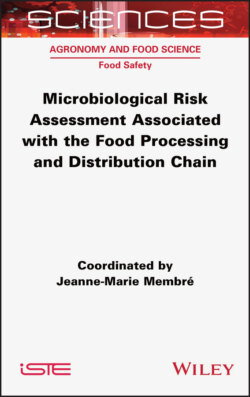Читать книгу Microbiological Risk Assessment Associated with the Food Processing and Distribution Chain - Jeanne-Marie Membre - Страница 23
1.2. Who conducts hazard identification?
ОглавлениеHazard identification is the first stage in risk assessment. It is therefore often carried out by health agencies such as the European Food Safety Authority (EFSA) in Europe or ANSES in France when these agencies are seeking to clarify an action or a decision relating to food safety.
However, hazard identification is also implemented by companies, or more precisely by companies’ quality departments, when they are setting up their Hazard Analysis Critical Control Point (HACCP) systems. The HACCP system is a methodology that identifies, assesses and helps control hazards that have significance for food safety (Membré 2014). The HACCP system is a preventive operation, specific to a manufacturing unit, which begins with the purchase of raw materials, ingredients and packaging materials, follows the entire production process and ends at the finished product, ready for consumption. The HACCP system is based on seven principles, the first being “carry out a hazard analysis”. This first principle includes hazard identification. Conducting this identification should be assigned to a highly qualified team with proven skills in food microbiology.
